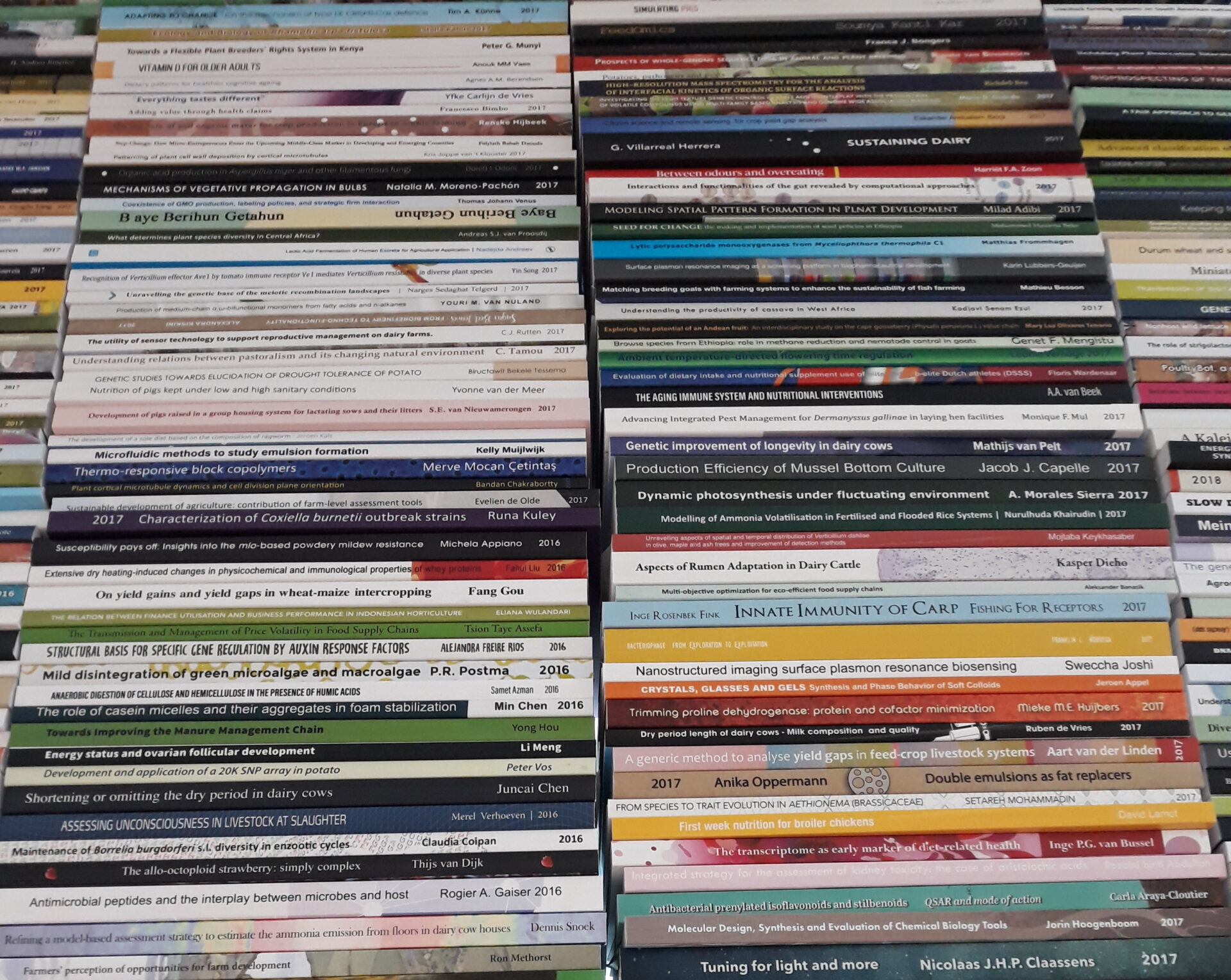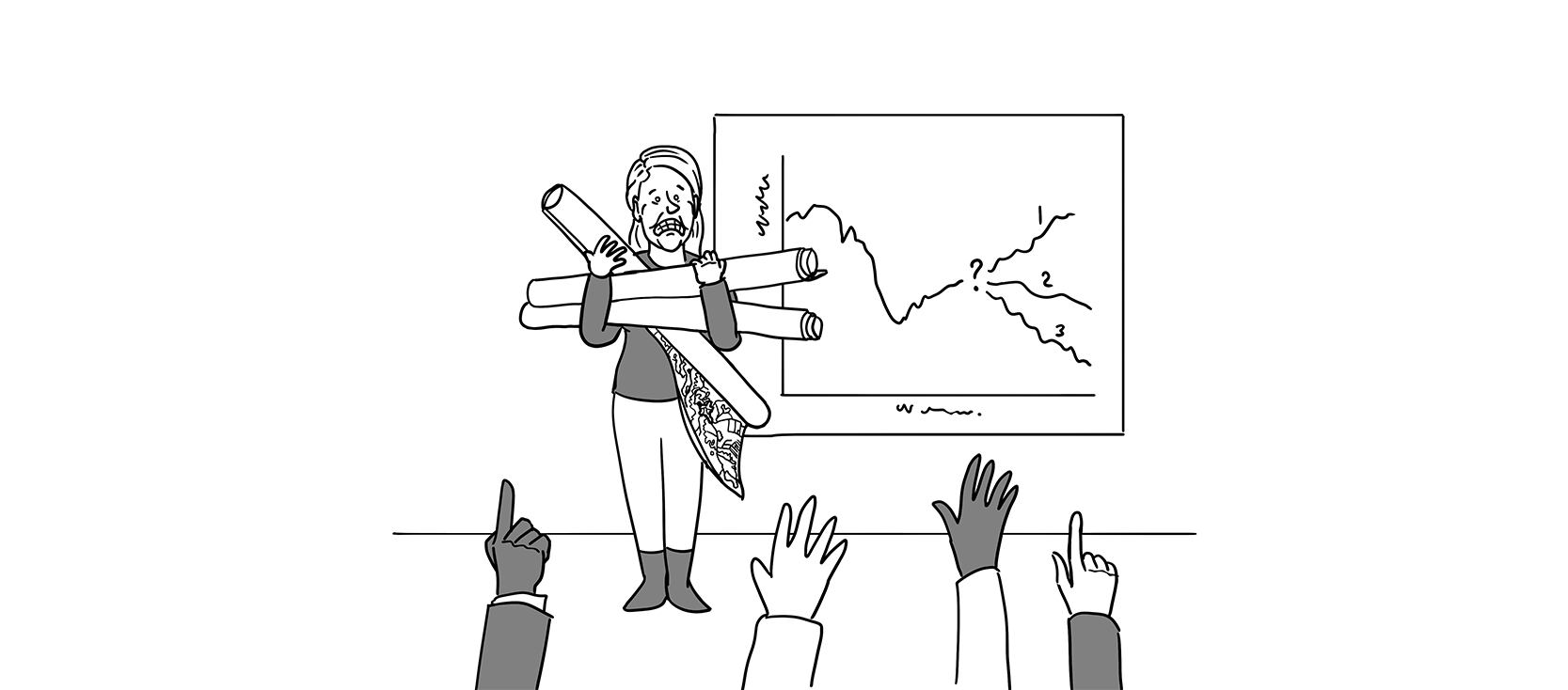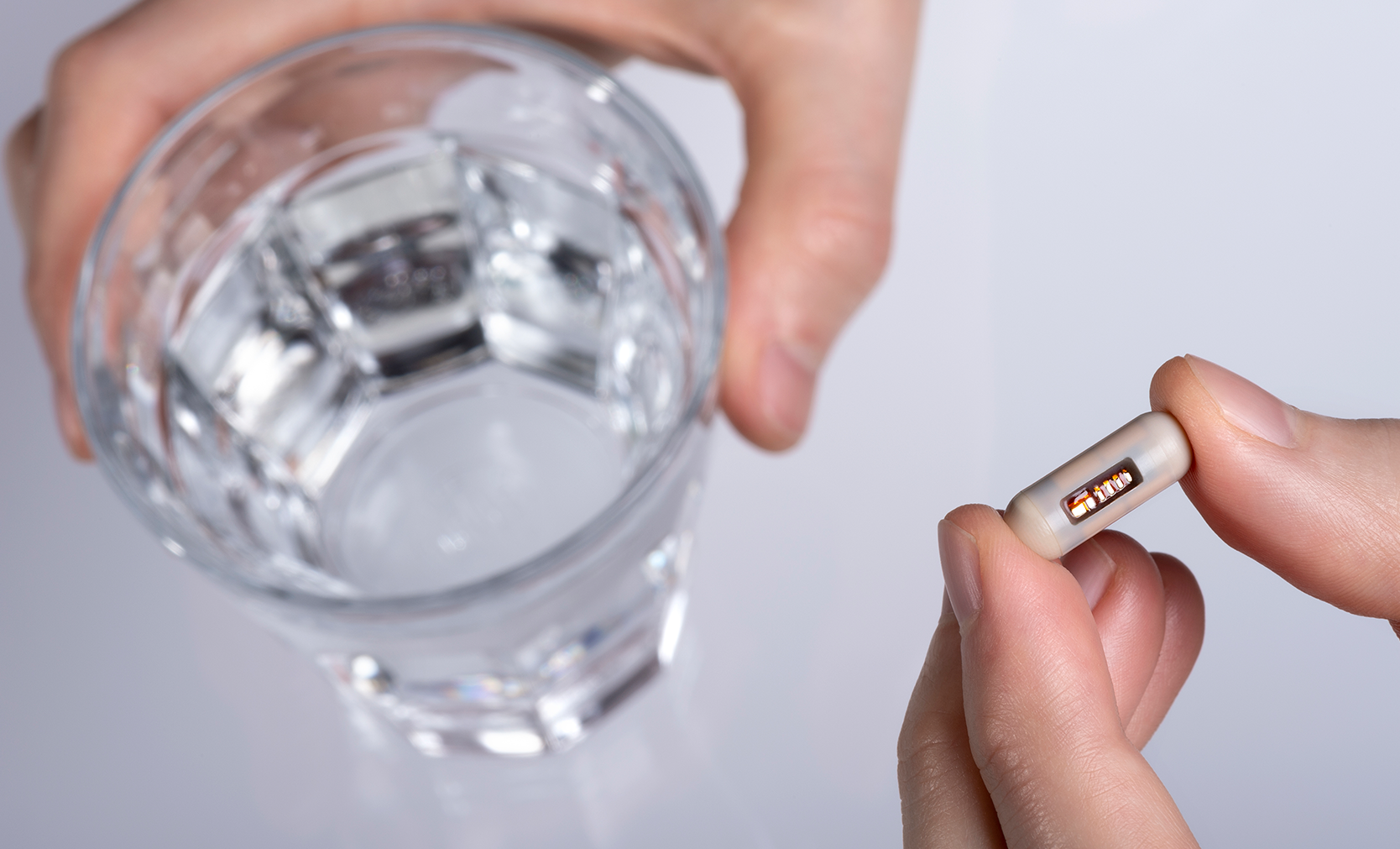More than 250 PhD students receive their PhDs at WUR every year. It is impossible to describe and summarize all these theses. In the column ‘PhD theses in a nutshell’ the selection of our science editors is briefly presented.
Safe brushes
To make printheads dust-proof, highly fluoridated materials are used, which are toxic and will soon be banned in the EU. Annemieke van Dam has developed a safer and more environmentally friendly alternative: polymer brushes. These polymer coatings stick to the surface on one side, while working like a brush on the other side to keep it all clean. If that brush is long enough (a chain of nine or more carbon atoms) it is self-healing as well: it repairs itself when damaged. A nice example of improving the world, as her title suggests.
Improving the world one monomer at a time.
Annemieke van Dam Supervisor Han Zuilhof
Root architecture
The root systems of plants are largely invisible, and therefore quite a mystery. How plants make lateral roots has never been fully explained. Yes, we know that the growth hormone auxin plays a key role. But precisely how the mechanism works and which internal or external stimuli drive it is not clear. Kavya Yalamanchili from India sheds some light on the matter in her PhD thesis. She figured out which genes play a role in initiating root formation in the model plant the thale cress. But the bigger picture of the interplay between the root and the soil around it remains a mystery.
Digging Deeper.
Kavya Yalamanchili Supervisors Viola Willemsen and Ben Scheres
Twice as harmful
Both microplastic and pesticides pose their own threat to soil health. But what is their combined effect? And does it make any difference whether the plastic is new or is old and partially broken down? Hui Ju from China studied the spreading of the pesticide chlorpyrifos by earthworms in the presence of either biodegradable or non-biodegradable plastic. The results are disturbing. Non-biodegradable plastic causes the pesticide to spread further in the soil. The presence of the microplastic also inhibits the breakdown of the pesticide. What is more, tests on radishes show that the plant absorbs more pesticide from soil that is polluted with older microplastics and pesticides. So with pollution, like other things: one plus one equals more than two.
Soil health risks caused by interactions of microplastics and pesticides.
Hui Ju Supervisor Violette Geissen




